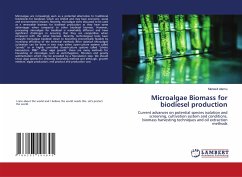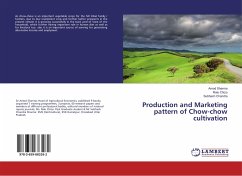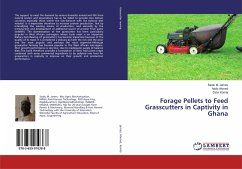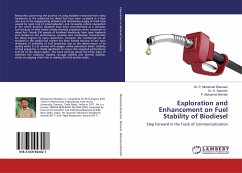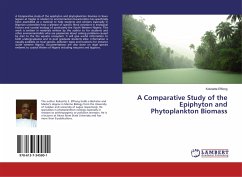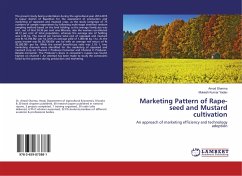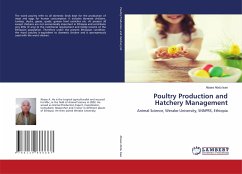Microalgae are increasingly seen as a potential alternative to traditional feedstocks for biodiesel, which are limited and may have economic, social and environmental impacts. Recently, microalgae were discussed to be used as a renewable biomass for biodiesel production as they have some advantages when compared to other biodiesel biomass. However, processing microalgae for biodiesel is remarkably different and have significant challenges in ensuring that they are competitive when compared with the other biomass. Recently, technological tools have brought microalgae biodiesel closer to becoming economically feasible by increasing efficiency of the technical methods. After isolation Microalgae cultivation can be done in two ways either open-culture systems called "ponds" or in highly controlled closed-culture systems called "photo bioreactors, PBRs". After algal growth, there are many methods for harvesting of microalgae such as centrifugation, filtration and gravity sedimentationwhich may be preceded by a flocculation step. We should know algal species for choosing harvesting method and although, growth medium, algae production, end product and production cost.

